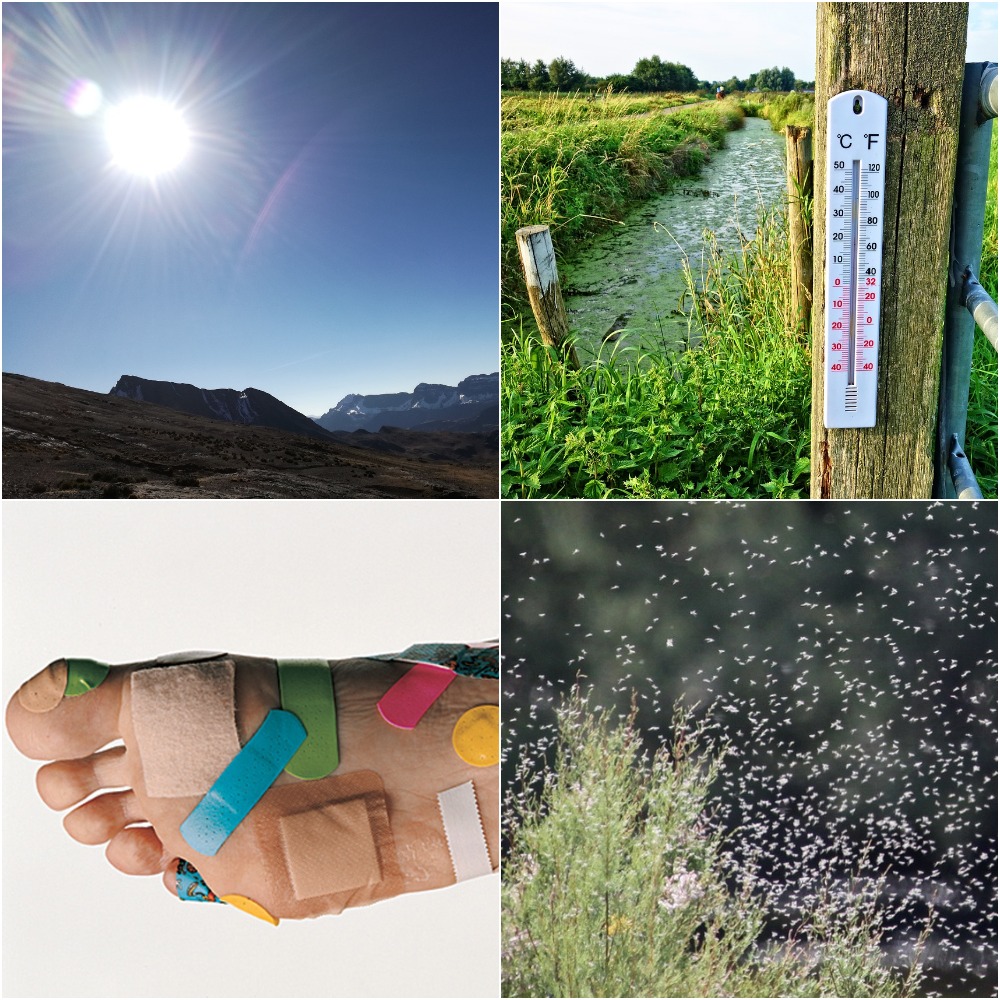Summer is approaching and this makes many runners’ hearts beat faster of joy: finally, we are able to run in shorts and T-shirt on roads and paths free of ice and snow. And we’ll even be able to get tanned. BUT, aside from all the advantages, summer also brings with it some disadvantages. The following tips should help you to handle those.
Problem #1: Sunshine

Yes, it is nice to be warm and tanned by the sun. However, if the cosy warmth turns into a paralysing headache and the tan turns into a sunburn, this is all not as lovely anymore. The following measures should help you to prevent you from these unwanted consequences:
- Sun protection: It is very important to apply sunscreen before running. It is ideal to do that a couple of minutes before you start running, in order for the sunscreen to sink in enough for your body not to sweat it out with the first sweat drops (ideally 20-30min before).
- Head covering: To protect yourself from a sunstroke, it is recommendable to wear a sun hat. This might feel a bit strange at the start, however, one gets used to it quickly and both your head and your circulation will thank you for that.
Problem #2: Heat
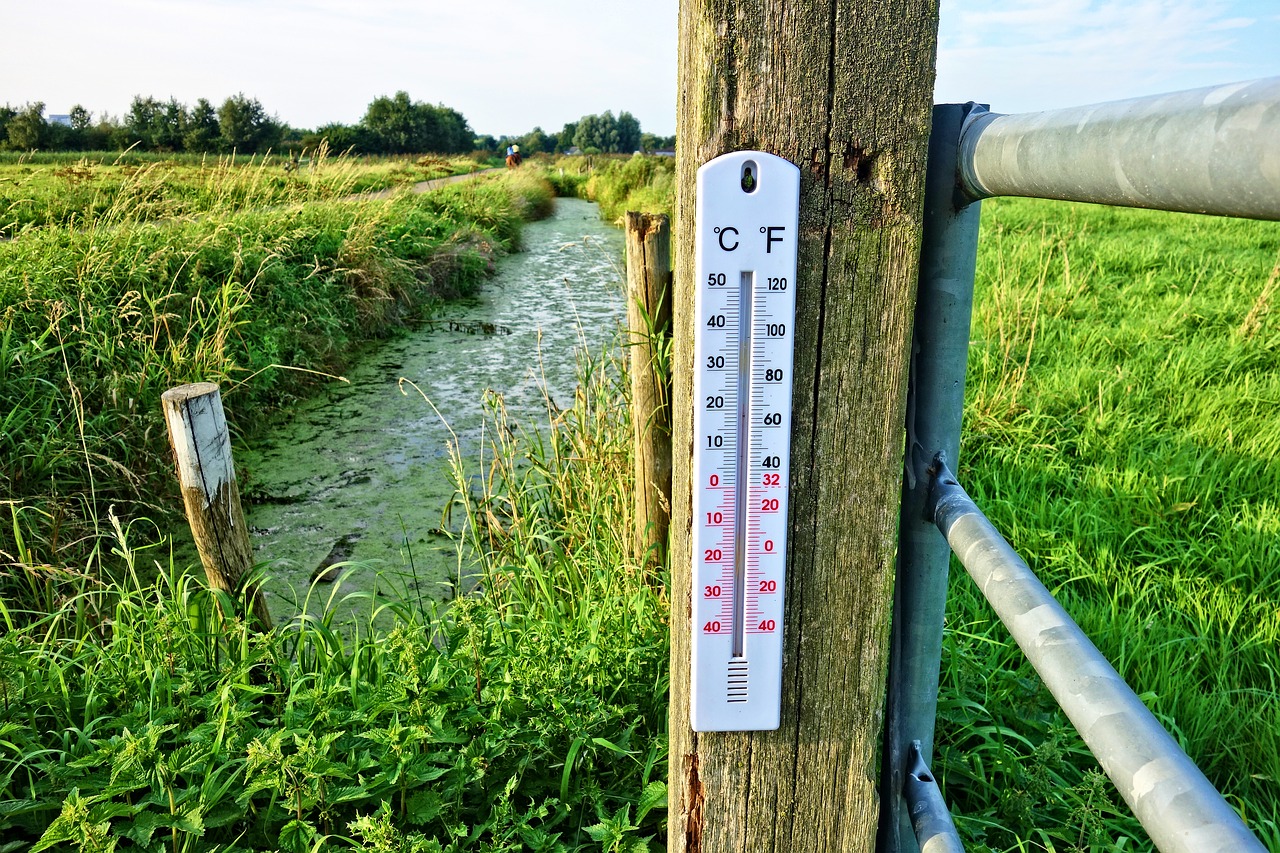
The constant exposure to the sun can lead to extreme heat. This often makes life a bit tough on us runners and we feel tired and languid. Although you cannot escape the heat completely, you can try to avoid it with the following tricks:
- Training in the shade: In sunny and hot weather, training should ideally be moved to shady places. The forest is an excellent option.
- Training in high altitude: Temperatures are a bit chillier in the height. BUT CAREFUL: The solar irradiation is higher in the height, which is why you should pay special focus to the points in problem #1.
- Time of training: Yes, lunchbreak is ideal for a training session. However, in summer, you should think about this twice. The sun raeches its peak at lunch and the solar irradiation is the highest at this time. Therefore, it is more sensible to move your training to the early morning hours or to the evening. If you absolutely want to train at lunchtimel, you should consider the remaining points.
- Functional gear: Bright and light functional gear is the best choice in summer. Bright clothes absorb less light and heat than dark clothes, which is why they are better suited to avoid a heat congestion.
- Intensity: In order to act easy on your circulation, it is recommended to reduce the intensity a little bit, since the heart rate is normally higher in the heat. At least, this is sensible to do for the first couple of sessions in the heat, since the body needs some time to adapt to the new conditions.
- Refreshment: If you pass by a well or a river, take the opportunity to cool your face, your hands, or whatever feels necessary.
Problem #3: Dehydration
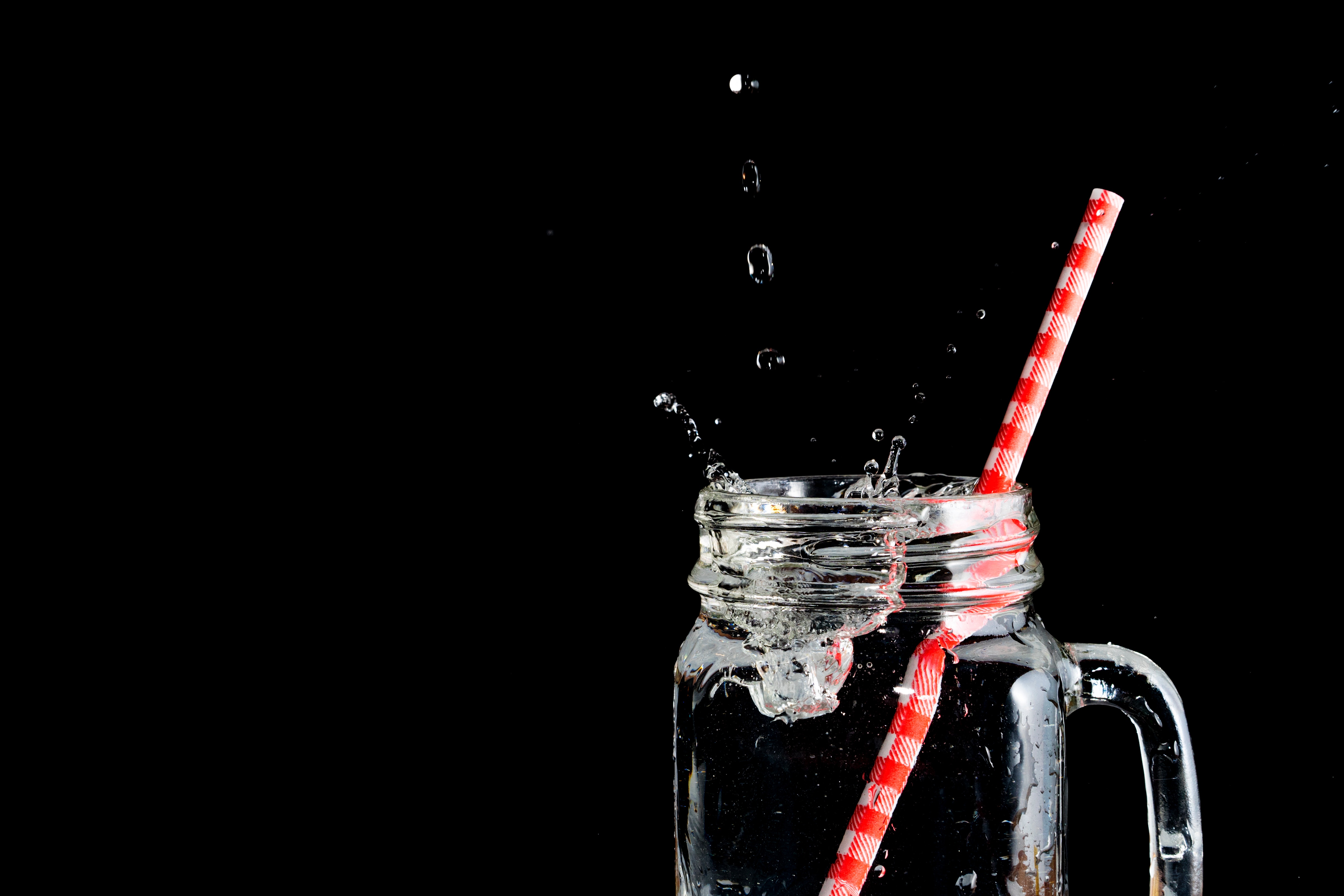
The heat leads to increased sweating and thus to dehydration. Although the body is able to adapt to the conditions to a certain degree after a while, such as the reduced production of Urine, it is important to take the increased need of fluid seriously.
- Drink, drink, drink: Try to drink enough during the day, even without a strong feeling of thirst. If needed, it is surely not wrong to bring some water to your training session, for example, in a drinking belt. Especially for longer sessions, it is a good idea to choose an isotonic drink, since they are more easy for our body to take in.
Problem #4: Mechanically conditioned ailments
Certain factors can lead to troubling ailments in summer.
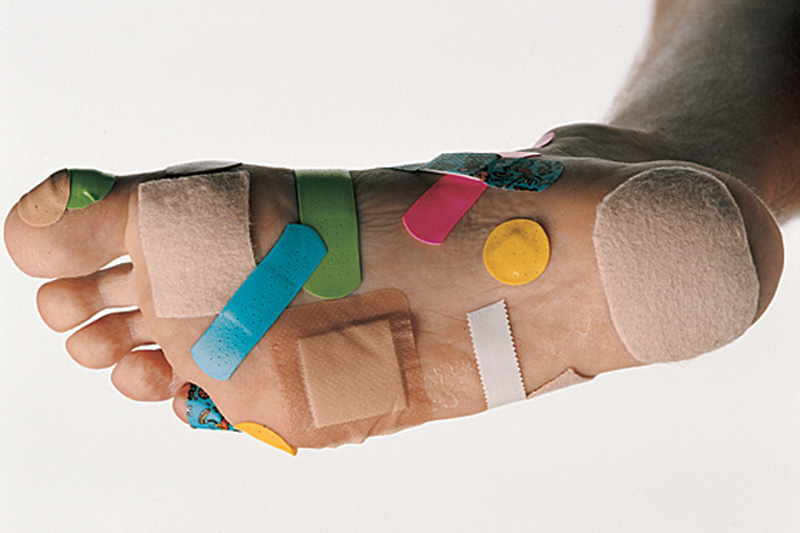
- Blisters: Due to the hot temperatures in summer, we sweat more even on our feet. When feet are damp during running, (there is an increased risk of blisters to occur (e.g. between toes). Furthermore, many runners choose thin socks, which often don’t cover too much of the heel. Since this often leaves more space in your shoes, you have less grip, which can cause blisters. Another source for blisters is the naked part of the heel, which can get irritated when the edge of the shoe chafes on the skin. Therefore, you should be careful to choose socks which are not too thin and which are not cut too low, so that the skin is protected from the edge of the shoe. For the spots between your toes it is helpful to rub them in with an anti-blister-stick (fatty, thick ointment, e.g. from Compeed), which clearly reduces the frictions.
- Chafing: The short clothes and the humid skin during summer can lead to painful chafings. A well-known zone for this problem is the one between the thighs. Shorts are often comfortably short, however, when our thights touch at a spot which is not covered by our shorts during running, the spot is susceptible to chafing, which is not very comfortable. The same effect can occur, if the lower border of the shorts constantly moves up and down while runnning, chafing the skin underneeth. In order to avoid chafing in the risk zones, it is useful to rub them in with a very fatty ointment (e.g. Vaseline).
Problem #5: “Life” in the air
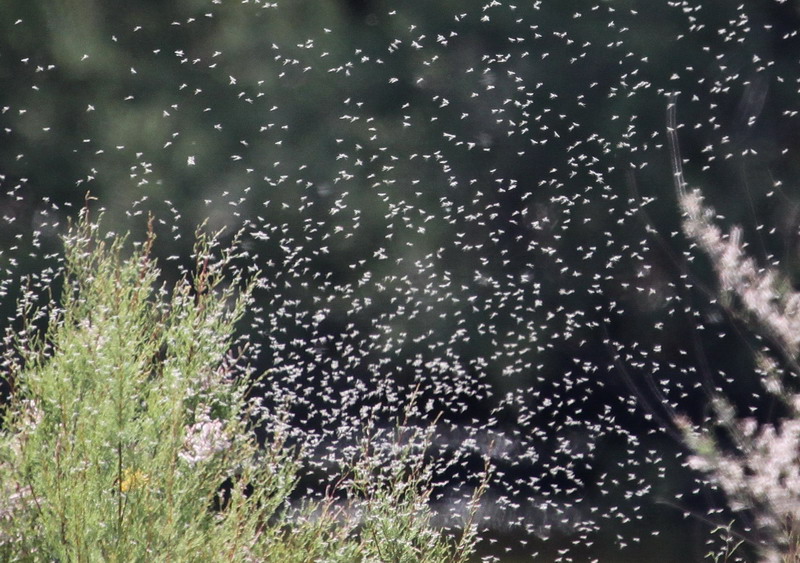
As the biosphere is very alive during summer, this can also be felt in the air. This can sometimes have unpleasant consequences for runners. We tell you how you can protect youself from that:
- Sunglasses: In order to keep all of the small particles which are flying through the air (mosquitoes, flies, dust, etc.) away from your eyes, it is quite handy to run with sunglasses. This definitely marks a barrier for foreign bodies. They further protect you from the sun.
- Eye-mouth-shutting-tactics: If you see a cloud of mosquitoes approaching, it is recommendable not to breath in too deep or to open your mouth too wide.
If you consider the above points, nothing should stand in your way and you should be able to run with joy even during summer. Keep on running!
This blog entry was written by: Marion Aebi

